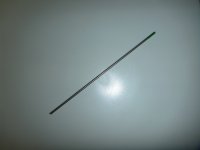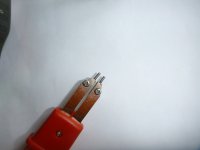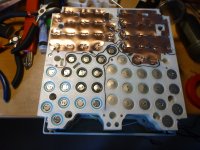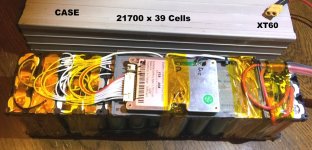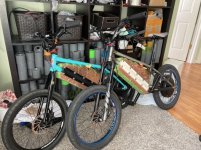chuyskywalker
1 kW
Having a devil of a time getting this method to work for me. Using a kweld. Tried plain nickel on copper, split nickel, slotted nickel, and even just split copper, but nothing seems to get the weld to hold on the battery. Went everywhere from 50J up to 120J without success.
I suspect my battery just isn't strong enough to actually make it happen (lipo 3s 50c 5500mah). I see other posts about this working when delivering 1200-1400A, but my readout only shows ~1000A on each weld. Also, perhaps my materials are too thick (.2mm copper, .15nickel).
Gonna get pick up thinner copper and a higher C rate lipo to see if I can get this to go.
I suspect my battery just isn't strong enough to actually make it happen (lipo 3s 50c 5500mah). I see other posts about this working when delivering 1200-1400A, but my readout only shows ~1000A on each weld. Also, perhaps my materials are too thick (.2mm copper, .15nickel).
Gonna get pick up thinner copper and a higher C rate lipo to see if I can get this to go.


